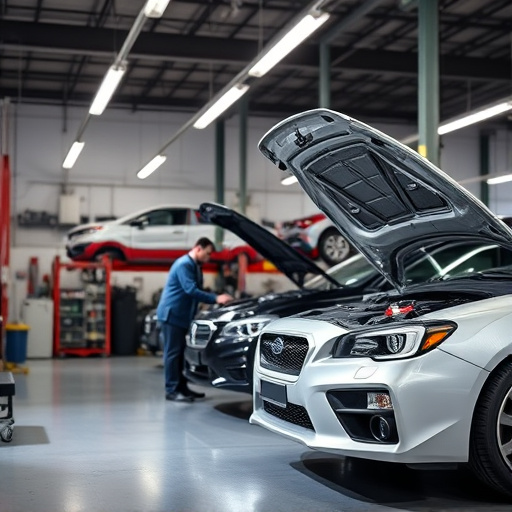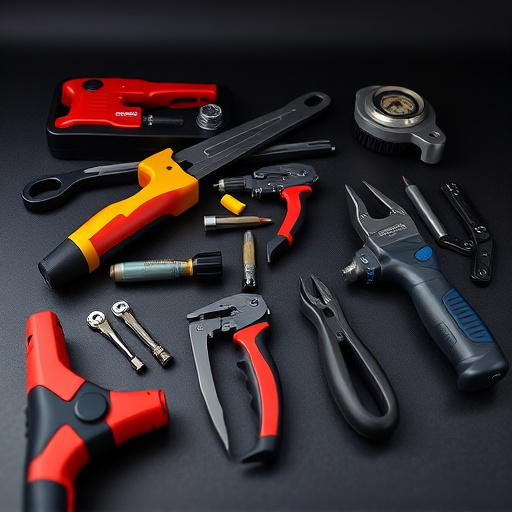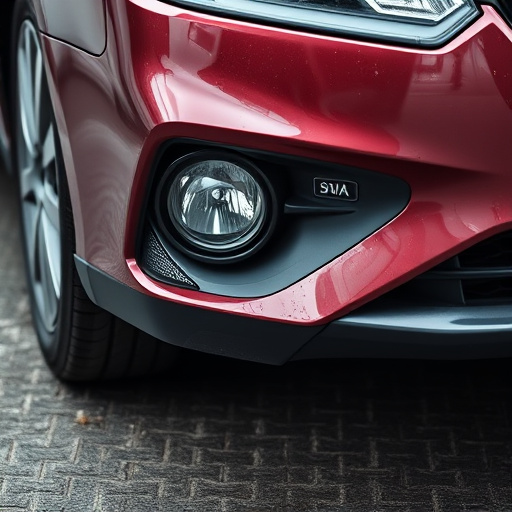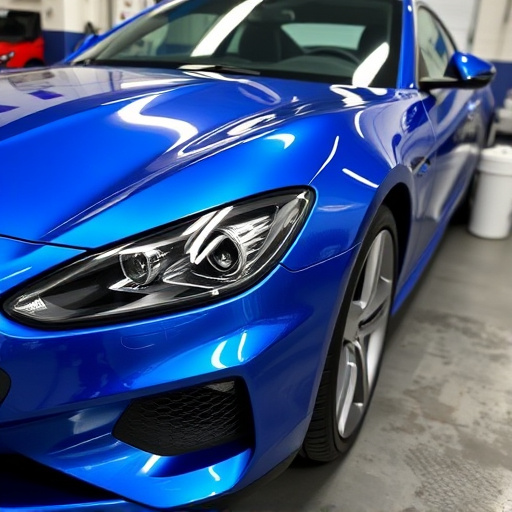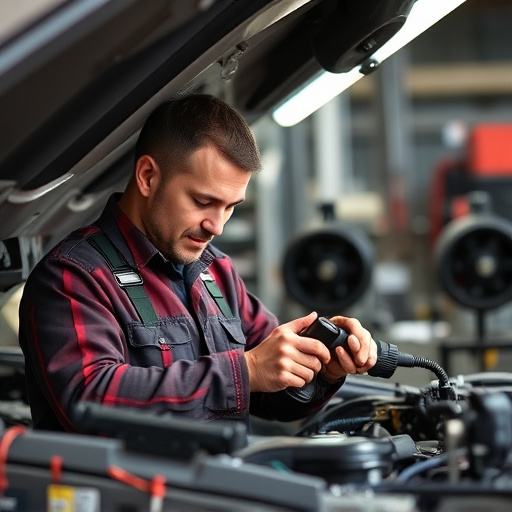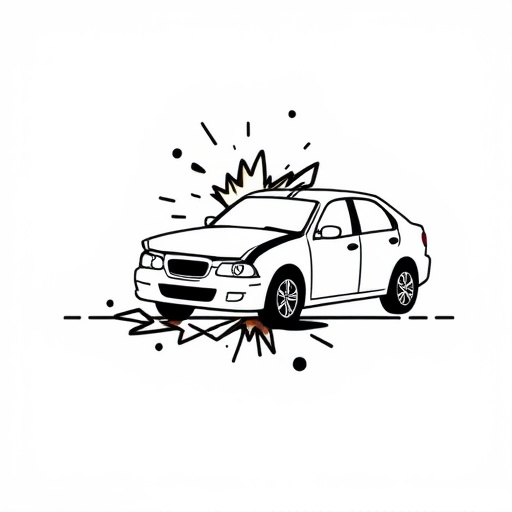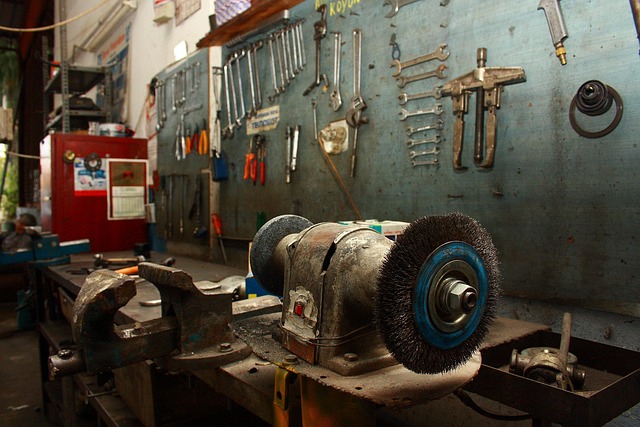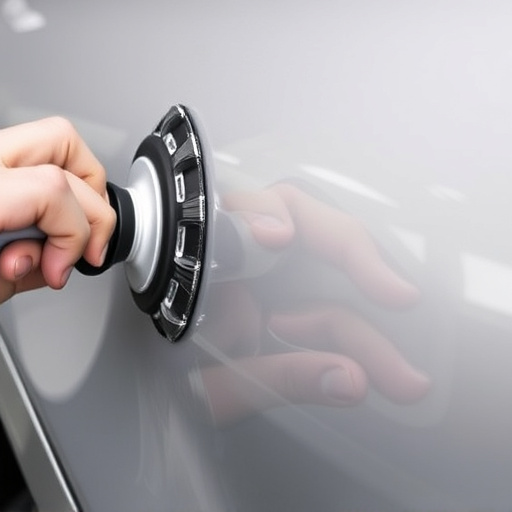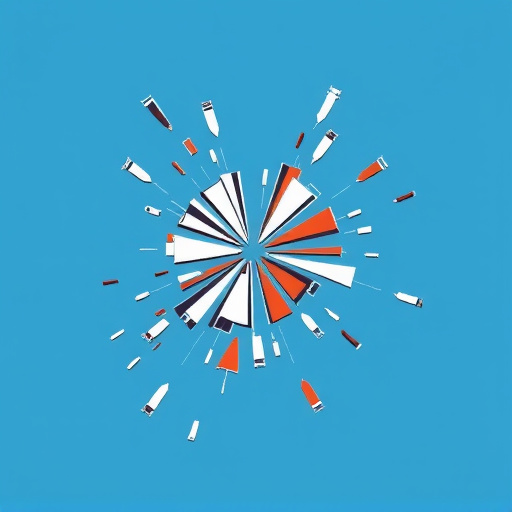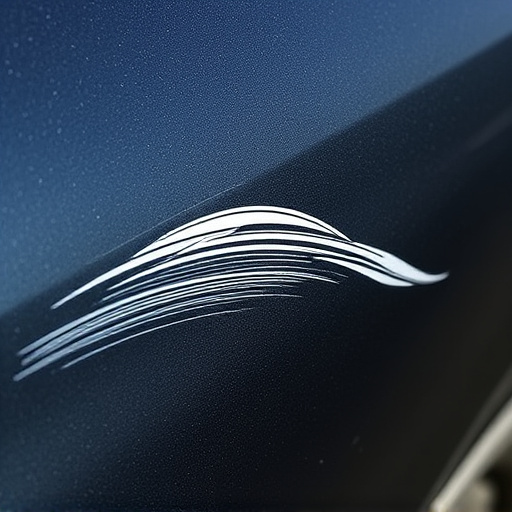Environmental control is key in candy paint collision repair, preventing damage from temperature extremes, humidity, and pressure fluctuations. HEPA filters and stable conditions (65-75°F, 30-50% humidity) ensure high-quality finishes, meticulous repairs, and consistent outcomes for superior auto body services.
In the realm of candy paint collision repair, creating environmentally controlled spaces is no longer an option but a necessity. This article delves into the significance of managing atmospheric conditions to achieve superior paint quality. We explore how external factors impact finishes and why controlled environments are vital for professional results. Additionally, we provide best practices for optimizing these spaces, ensuring that candy paint repairs meet the highest standards.
- Understanding the Impact of Environmental Factors
- Benefits of Controlled Spaces for Paint Quality
- Best Practices for Optimizing Repair Environments
Understanding the Impact of Environmental Factors
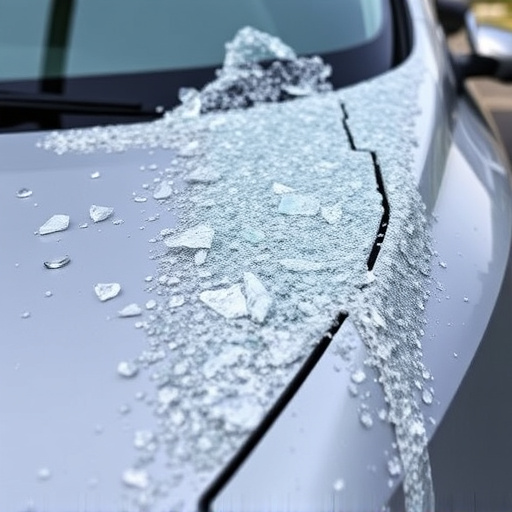
Environmental factors play a significant role in the quality and longevity of candy paint repairs, which is why understanding their impact is crucial for anyone involved in automotive collision repair. When a vehicle undergoes a collision, it’s not just the physical structure that sustains damage; the delicate finish, particularly with specialized candy paint jobs, can be severely affected by environmental conditions.
Temperature extremes, for instance, can cause the paint to crack or peel over time. High humidity levels might lead to mold and mildew growth on hidden surfaces, compromising the overall aesthetics of the repair. Even minor variations in atmospheric pressure can influence how well the paint adheres to the car’s body during dent removal processes. Thus, controlling these environmental factors becomes an integral part of ensuring superior candy paint collision repair services.
Benefits of Controlled Spaces for Paint Quality
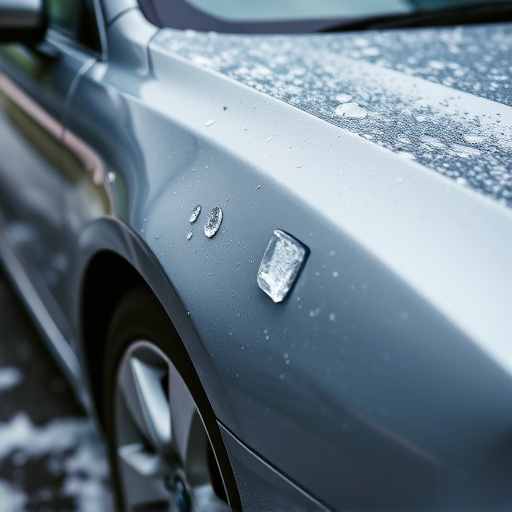
In the realm of candy paint collision repair, environmentally controlled spaces offer significant advantages for maintaining and enhancing paint quality. These specialized facilities are designed to create a stable atmosphere, free from extreme temperature fluctuations and high humidity levels, which can negatively impact the intricate process of refinishing cars. By controlling these environmental factors, auto body shops providing top-tier candy paint collision repair services ensure that the vibrant finishes they achieve remain flawless for longer periods.
Such controlled environments facilitate precise frame straightening techniques, crucial for restoring vehicles to their original aesthetic appeal. Moreover, when addressing issues like hail damage repair, these spaces enable technicians to work with precision and care, ensuring minimal disruption to the paint’s surface. Ultimately, the benefits of controlled spaces translate into superior auto body services, allowing shops to deliver high-quality results that meet or exceed customer expectations for their cherished vehicles.
Best Practices for Optimizing Repair Environments
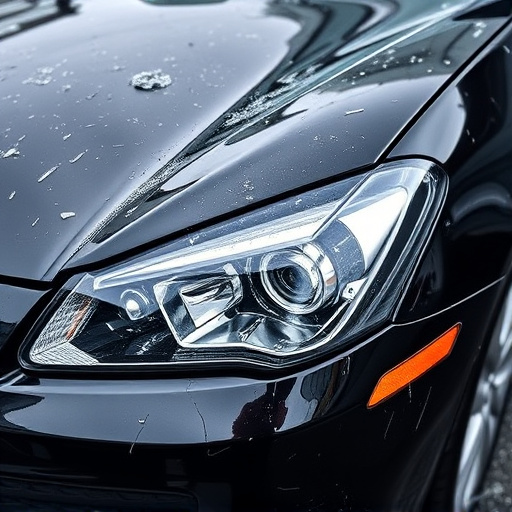
To optimize environments for candy paint collision repairs, it’s essential to adhere to best practices that ensure precision and quality. First, maintain a clean and dust-free workspace using high-efficiency particulate air (HEPA) filters to prevent contamination from airborne particles that can negatively impact the finish. This is particularly crucial for candy paint, known for its intricate details and glossy finish, making it susceptible to even minor impurities.
Second, control temperature and humidity levels within the repair area. Ideal conditions vary depending on the type of paint and repair process, but generally, a stable environment with temperatures between 65-75°F (18-24°C) and relative humidity between 30-50% is recommended. Fleet repair services often benefit from these controlled environments as they handle multiple vehicle paint repairs, ensuring consistency in outcomes for both candy paint collision repairs and other services like car dent removal.
Environmental control plays a pivotal role in achieving superior results for candy paint collision repairs. By understanding and mitigating environmental factors, technicians can ensure consistent, high-quality paints that match the original finish perfectly. Adopting best practices for controlled spaces is not just an enhancement but a necessity for professional and durable candy paint repairs.
